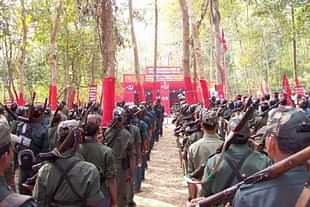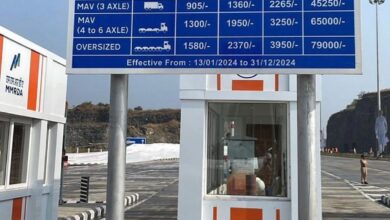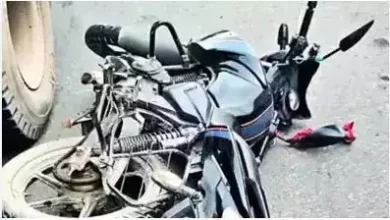
India’s ambitious river-linking project, aimed at addressing floods and droughts, has become a hotbed of protests across Madhya Pradesh, Uttar Pradesh, Bihar, and Maharashtra. While the government claims it will revolutionize water management, environmentalists and local communities are raising alarm over its far-reaching consequences.
What is the River-Linking Project?
The National River Linking Project (NRLP), one of the largest water infrastructure programs in the world, aims to connect 30 major rivers through a network of 16,900 km of canals. The project is expected to transfer 174 billion cubic meters (BCM) of water annually, redistributing excess water from flood-prone areas to drought-hit regions.
With an estimated budget of ₹5.6 lakh crore, the government believes the project will boost irrigation, drinking water supply, and hydroelectric power generation. However, the plan has been met with severe opposition.
Massive Protests & Growing Opposition
1. Environmental Concerns
Activists warn of irreversible ecological damage, including deforestation, loss of biodiversity, and altered river ecosystems. Major rivers like the Ken, Betwa, and Ganga will be affected, potentially leading to water shortages in certain regions.
2. Displacement of Local Communities
The project threatens to displace millions of people, especially in tribal regions of Madhya Pradesh and Chhattisgarh. Many fear losing their ancestral lands without adequate rehabilitation.
3. Interstate Water Conflicts
States like Tamil Nadu, Karnataka, and Maharashtra have raised concerns about unequal water distribution, potentially escalating regional tensions.
Government’s Justification & Response
Despite the criticism, the Indian government argues that river-linking is crucial to ensuring water security and mitigating climate change effects. Officials claim that once completed, the project will increase irrigation coverage by 35 million hectares, provide drinking water to 87 million people, and generate 34,000 MW of hydroelectric power.
The government has assured environmental safeguards and compensation for displaced communities, but activists remain skeptical.
The Road Ahead: Can a Balance Be Found?
Experts suggest alternative solutions such as watershed management, rainwater harvesting, and decentralized water distribution systems. As protests intensify, the question remains: Is the river-linking project the best solution for India’s water crisis, or will it create more problems than it solves?






